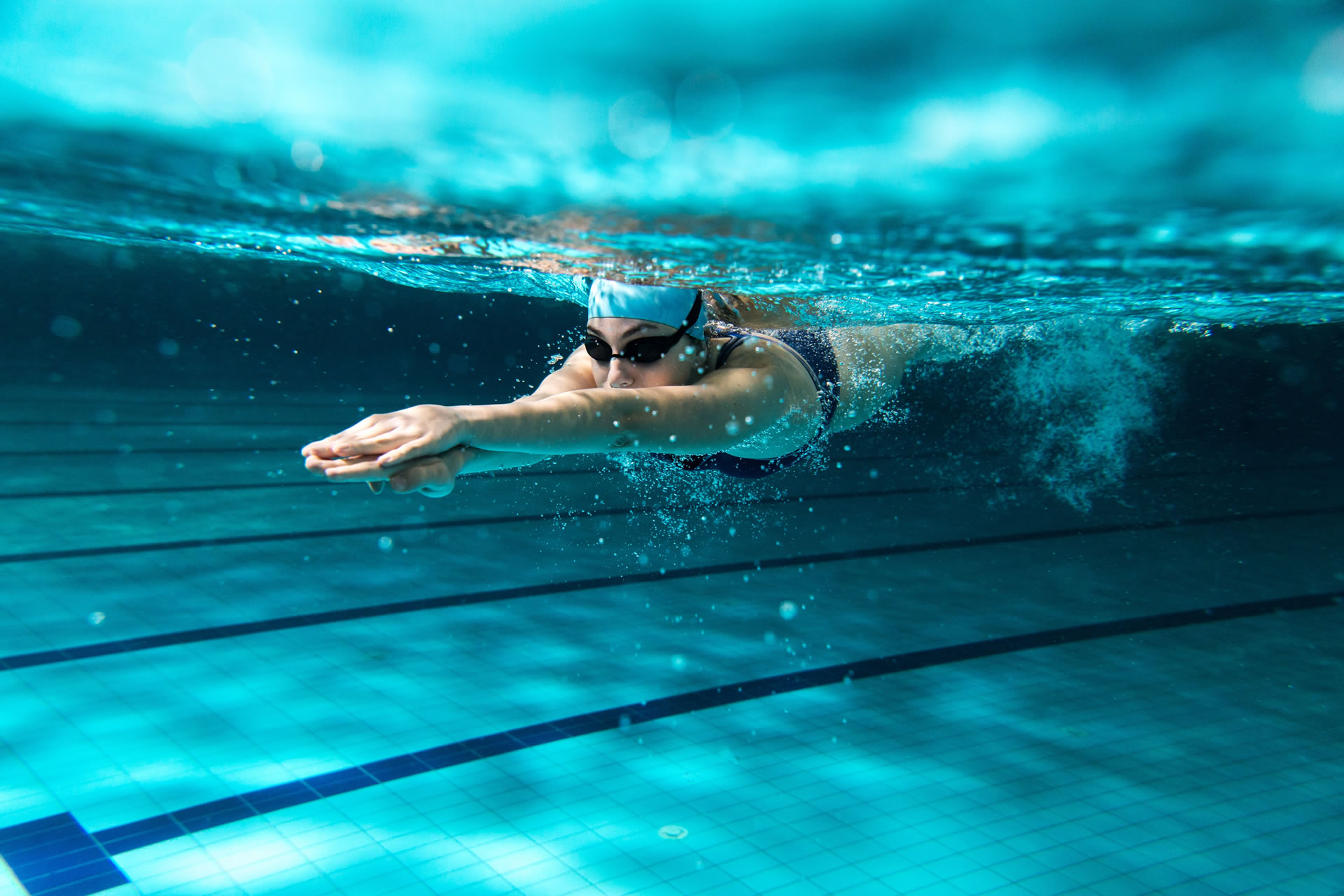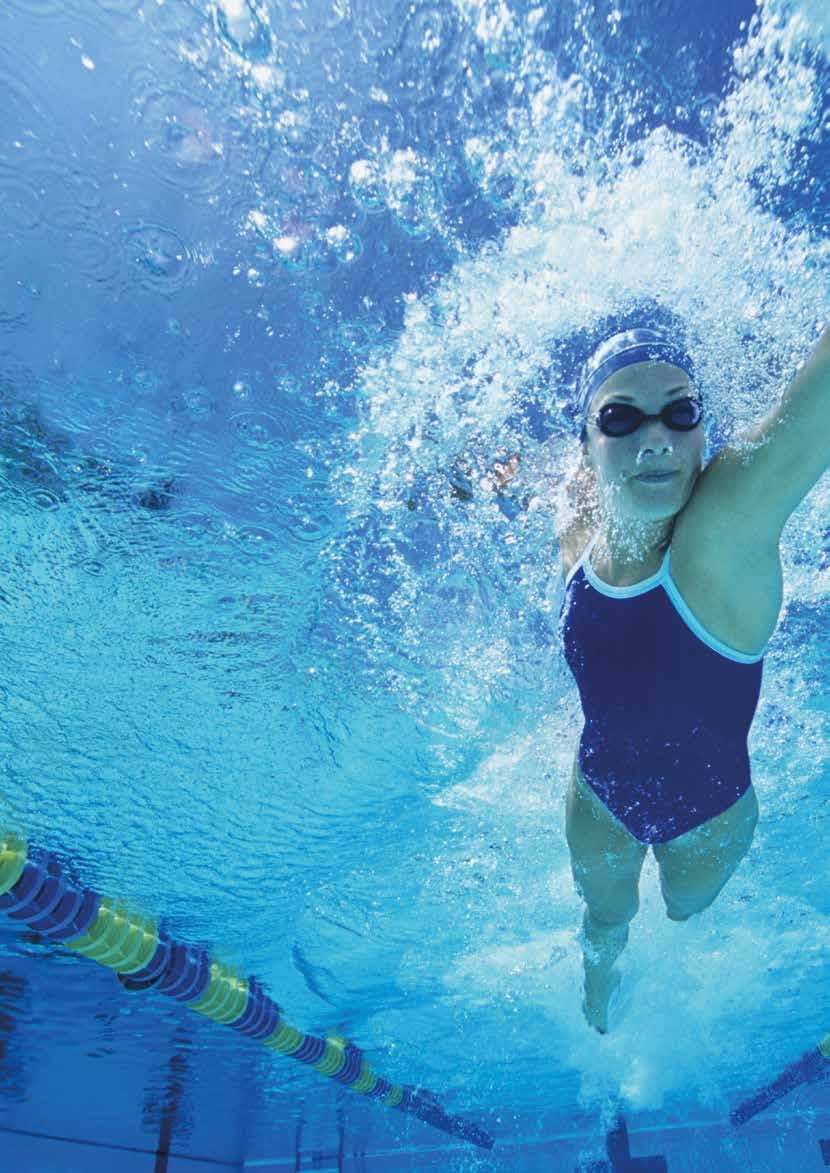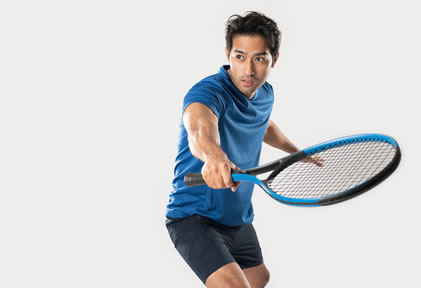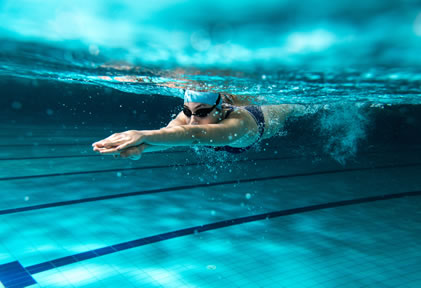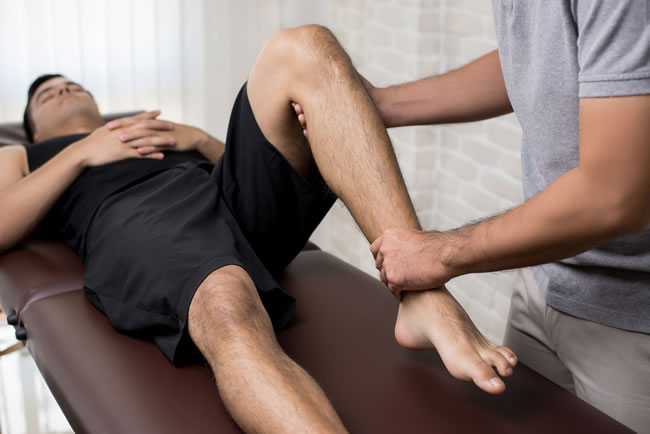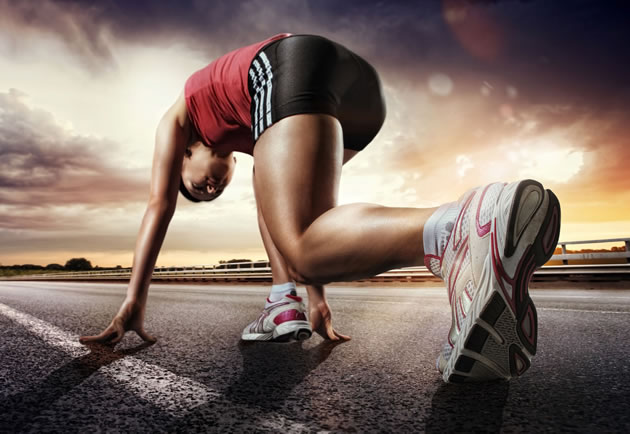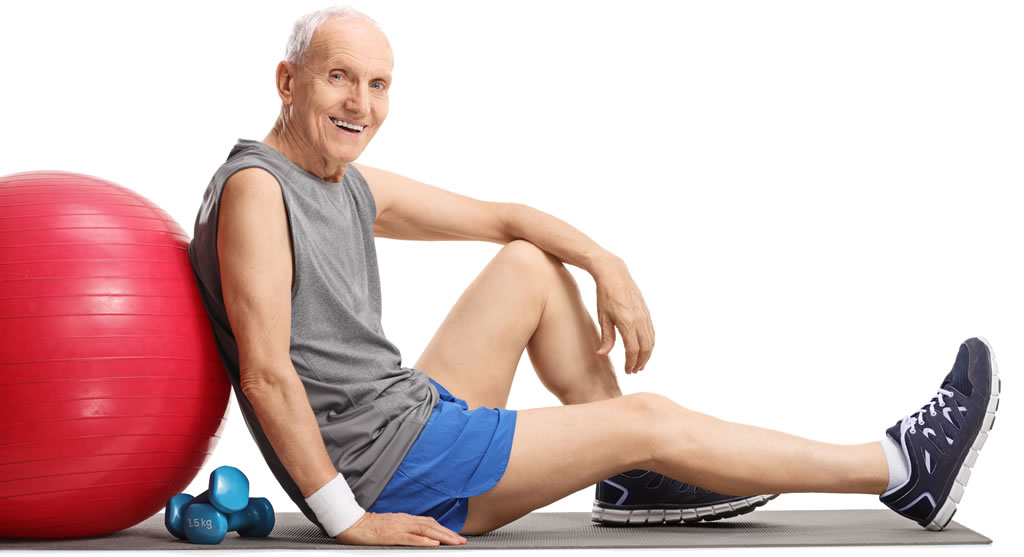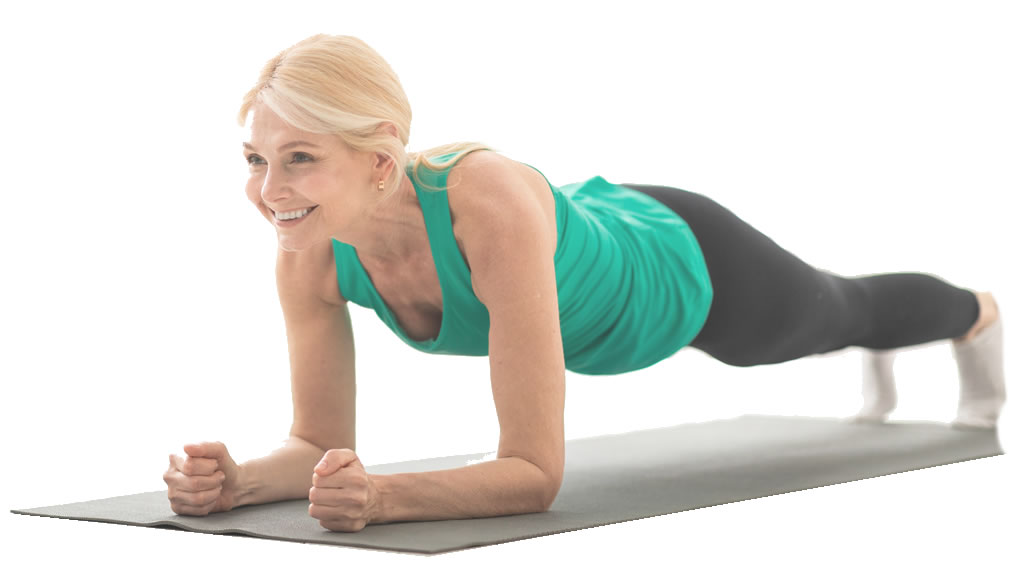Swimming
Sink or Swim?
Treating and Preventing Swimming Injuries
Swimming is one of the most popular sports in the world. We swim in the sea, pools, lakes, streams, rivers and even ponds. And given that 70% of the Earth’s surface is water, we’re not short of opportunities.
Swimming is considered a ‘low-impact’ sport because the water supports a large percentage of your body weight. And exactly for that reason, it’s often used in the rehabilitation of injuries to joints affected by weight bearing ie. back, hips, knees and ankles.
However, if you swim for general fitness, or in competition, the risk of developing an overuse injury is high because of the repetitive and forceful nature of the shoulder revolutions as well as the stress on the back, to hold you level in the water.
In fact, 84% of regular swimmers suffer from overuse-type injuries. So, what does all of this mean to you? You shouldn’t swim? You should reduce your training or change your sport? Let’s face it, anyone who is prepared to have their head in the water for hours, essentially participating in a solitary sport, must love doing it and therefore want to be able to manage their injury risk and still continue to swim.
The benefits of swimming – whether it’s for general fitness and physical activity, the desire to win competitions, or just to find your quiet place for stress relief – far outweigh the risk of injury. With this in mind, we’ve put together a set of resources to help you manage, or better yet prevent, swimming injuries altogether.
The Injuries
So, let’s dive in at the deep end and explore the injuries that are most likely to sink your swimming efforts.
Swimmer’s Knee
Knee pain closely follows shoulder pain in swimming. This is more specific to breaststroke swimmers who usually develop pain on the inner side of the knee. Again, this is due to repeated loading of the knee joint in unnatural angles.
If you’re a Darwin supporter, maybe somewhere along the evolutionary timeline our ‘legs’ kicked like frogs, but the current human knees were not designed to bend and kick with the foot turned out. This applies extreme loads to the inner knee structures and muscle attachments resulting in injury over time.
Neck and Back Pain in Swimmers
Neck and lower back pain are also common complaints in swimmers. These are often closely related to poor posture ‘on land.’ Swimming may not be the primary cause, the pain merely expresses itself in the water. Strong stabilising muscles on the front of the neck, as well as strong core muscles are crucial to ensure good alignment of the vertebrae and reduce strain on the joints.
Identifying problems with your stroke is critical but remember to look elsewhere too and focus on the activities you do most during the day such as sitting, driving, lifting and carrying, computer work – if the ergonomics of these activities are not addressed you will battle to completely eliminate your pain.
REHABILITATION
Injuries can take up to 6 weeks to recover, even longer for those left untreated initially, which can require a prolonged rehabilitation, often 3 months or more before returning to full training and competition. Shoulder surgery is not that successful in swimming injuries either. Often the exact cause of the pain is not identified and therefore not corrected. Post-surgical rehabilitation of the shoulder can take as long as 6 months; that’s nearly the entire season! What’s more 75% of swimmers are unable to train or compete at the same level post-surgery. So, whatever you do, don’t leave a niggle and accept it as part of being a swimmer.
Yes, you may have to stop swimming for a while, or at least reduce the intensity and duration of your sessions, which for an outsider may not seem an unrealistic request. But for someone who has been waking up at 4 am day after day, putting in 5 hours of training a day, sacrificing social events and late nights, and wearing that ever present Eau de Chlorine…. this can seem like the end of the world.
Everyone’s dreams and desires are different; however, there is no question that an injury that impacts your ability to succeed, no matter how big or small, is devastating and it’s personal too. People respond differently to injury, some deny it and attempt to soldier on, while others may be angry, sad, frustrated and even depressed. An injury so often is not just about the anatomy or damaged tissue in front of you. There is often a realm of emotional, psychological and social components that need to be addressed to ensure a successful return to swimming.
Don’t Let Muscle Imbalances Drown You
Our routine daily activities like sitting for long periods at desks, already predispose us to a whole host of muscle imbalances. Due to the repetitive nature of swimming, the same action, same movements, and same muscle contractions over and over again, it is no surprise that certain muscles become extremely well-developed and strong, while others get weak.
Balanced muscle strength around a joint is crucial to support the joint, allow fluid motion and maintain good alignment of the moving parts. Identifying muscle imbalances and applying strengthening or stretching exercises is key to preventing and managing an injury. A physical therapist can help assess this and teach you appropriate exercises. Hands on mobilisation can also help to restore balance to tight, shortened muscles.
With all the strokes there is also likely to be a component of poor technique that can be contributing to the development of an injury. Identifying problems with your stroke that could be overloading or straining certain structures is the second key step to preventing and managing an injury.
PRE-HABILITATION
Pre-habilitation involves performing specific stretches and strengthening exercises on a regular basis as part of your routine training, with the specific goal of preventing injury. Having regular massages and seeing a physical therapist to mobilise or loosen any stiff, tight structures may help you avoid developing a serious, debilitating injury. In an ideal world, pre-hab would be as important as the activity itself.
We have put together a set of resources to summarise common causes of injuries, treatment and rehabilitation tips and training tips. This also includes a cheat sheet on common stroke technique errors that lead to injury, and how to tips on how to improve them.
There is also a set of exercise and advice leaflets on each of the most common swimming injuries. If you have a swimming injury and would like some advice, or you would like us to send you copies of these leaflets, just drop us an email, or give us a call. If you can avoid an injury using our advice on prevention that would be first prize, otherwise focus on getting the right treatment and making changes to your training and technique where possible.
The information contained in this article is intended as general guidance and information only and should not be relied upon as a basis for planning individual medical care or as a substitute for specialist medical advice in each individual case. ©Co-Kinetic 2019.
Useful links for Swimmers
Swimmers shoulder prevention advice
The Big Six Sports Injuries
Running
The high rate of running injuries makes focusing on prevention key. If you can prevent injuries, you’ll be able to run more consistently, reach a higher weekly mileage, do more challenging workouts – and ultimately, race a lot faster for longer.
Skiing
There’s no doubt about it, snow sports are fun. Whether you’re hurtling down the side of a mountain at 40 mph, or exploring backcountry terrain; snow sports always involve excitement, adventure and exhilaration.
Golf
Basic cardiovascular fitness is essential. Regular walking, running or cross-training on a stair machine, elliptical trainer, swimming, and cycling are all ways to improve general fitness.
Tennis
The sun is shining, the strawberries are ripening and the tennis season is upon us! The tournaments held at the Queen’s Club and The All England Club in London are just around the corner, inspiring many of you to get back out on the court.
Cycling
There are two main types of cycling injury, those caused by falling off (which we don’t discuss below) and the issues caused by overtraining, biomechanical stresses, often due to muscle imbalances, and incorrect bike set-up.
Swimming
Swimming is one of the most popular sports in the world. We swim in the sea, pools, lakes, streams, rivers and even ponds. And given that 70% of the Earth’s surface is water, we’re not short of opportunities.
Start your journey to a healthier, stronger body today!
RESTORATION
Once we have got you to a stage where you injury is healed, we then give you a rehabilitation programme to restore your strength and enable you to resume your sporting activities.
prevention
Are you currently engaging in sport but worried about getting injured in the future? Why not work with us so we can help get your body strong and supple to minimize any disruption to your exercise routine?
Exercise Login
Comprehensive exercise programmes specific to you.

